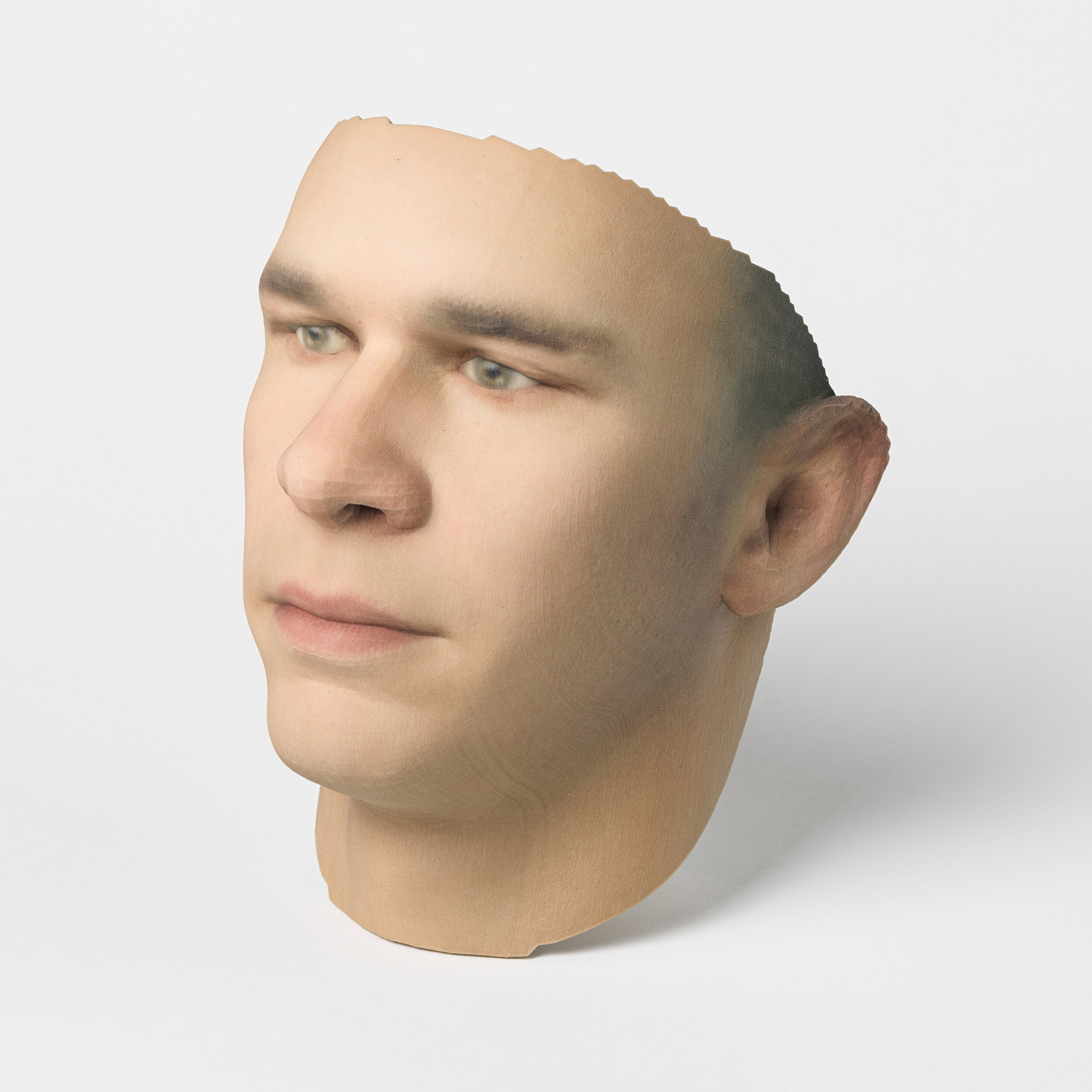Being Human + 399 Days






A jukebox plays viral pop (“He’s Behind You, He’s Got Swine Flu”). A 3D-printed portrait was made using DNA lifted from sidewalk gum and stubbed cigarettes. A full-body hazmat suit is graced with the smile of the nurse who wore it, designed to calm Ebola patients in treatment. Every object in the Wellcome Collection’s remarkable exhibit Being Human unifies art, science, and public health through unique approaches. It’s a refreshingly democratic display at London’s refreshingly democratic “museum for the incurably curious.” Identity and trust, hope in new discoveries, fears around environmental breakdown and technological control: we all relate. That’s the point.
One quiet moment should not be missed. On a blue gallery wall hangs an opalescent monolith. Rub and smell it like a scratch-and-sniff sticker to unlock the scent of an extinct flower. Hibiscadelphus wilderianus grew in Hawaii until it was destroyed by colonial cattle ranching, the last stem plucked in 1912. Alexandra Daisy Ginsberg, Sissel Tolaas, and Christina Agapakis of Ginkgo Bioworks—Biology by Design—used traces of DNA extracted from pressed original specimens to resynthesize its gene sequence. Their pale panel provokes a helpless mourning tinged with ginger and pine. You’re visiting a flower’s ghost, an olfactory Jurassic Park, and a silent memorial to the lost.
Across town in Knightsbridge, the entrance to the Victoria and Albert Museum’s Medieval sculpture rooms is guarded by a different monolith, anything but unassuming. Named after its creation time, Rachel Kneebone’s 399 Days (2012–13) writhes 17-feet high, an inescapable cyclone of human condition. Are the figures collapsing or melding? This porcelain tower of tiny limbs pushes the boundary of Kneebone’s kiln-fired medium as much as it damaged her body; the sculptor has spoken of the toll on her wrists. Imposing where Being Human is accessible, it equally gets us in the guts—something the museum’s surrounding antiquities rarely emulate so viscerally.
Being Human will be on at the Wellcome Collection for at least a decade. Kneebone’s showing has been extended until 2021. How interpretations will evolve in two years or ten is yet to be seen.
12/5/2019
